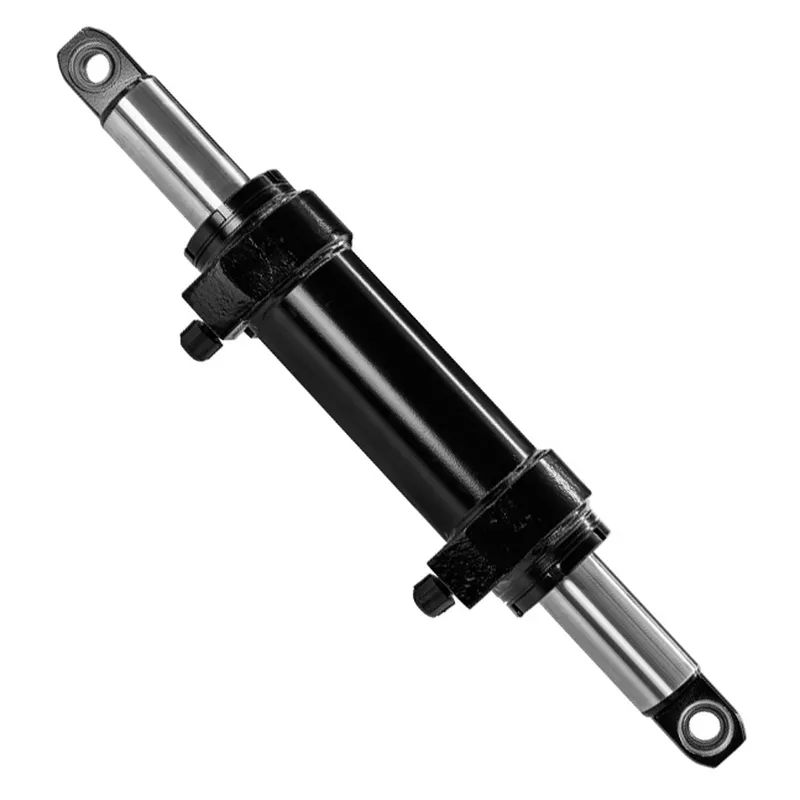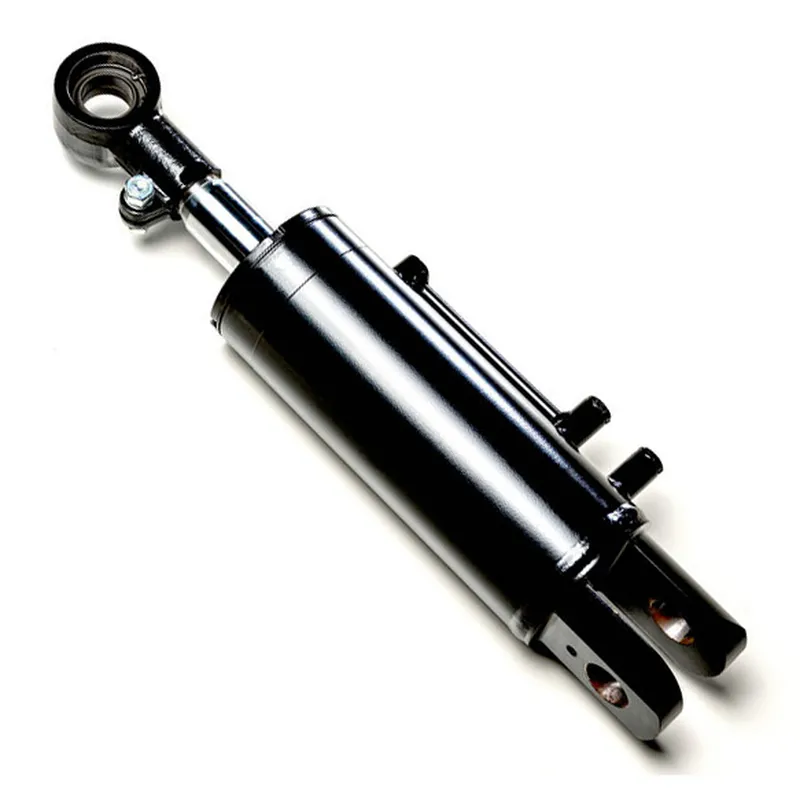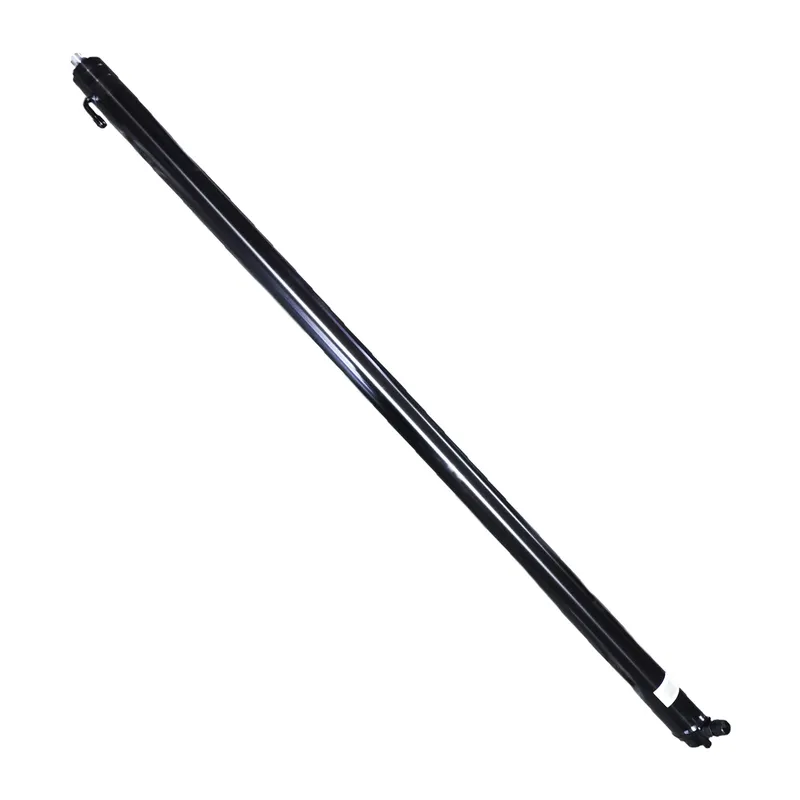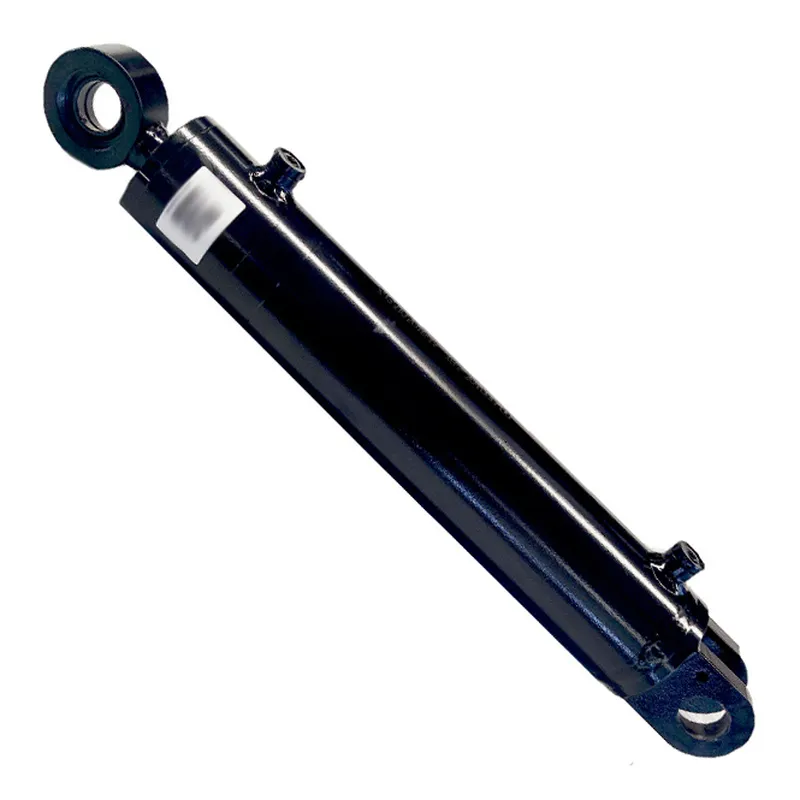Pressurized Hydraulic Cylinder for Rotary Drilling Rig
A pressurized hydraulic cylinder for a rotary drilling rig is a critical mechanical actuator that converts hydraulic energy into linear or rotational force to drive drilling operations. It consists of a cylindrical barrel, a piston, and a rod, with pressurized hydraulic fluid (typically oil) acting on the piston to generate motion. In rotary drilling rigs, these cylinders provide the torque and force needed to rotate the drill bit, penetrating the earth’s crust for applications like oil and gas exploration, mining, or construction.
A pressurized hydraulic cylinder for a rotary drilling rig is a critical mechanical actuator that converts hydraulic energy into linear or rotational force to drive drilling operations. It consists of a cylindrical barrel, a piston, and a rod, with pressurized hydraulic fluid (typically oil) acting on the piston to generate motion. In rotary drilling rigs, these cylinders provide the torque and force needed to rotate the drill bit, penetrating the earth’s crust for applications like oil and gas exploration, mining, or construction.
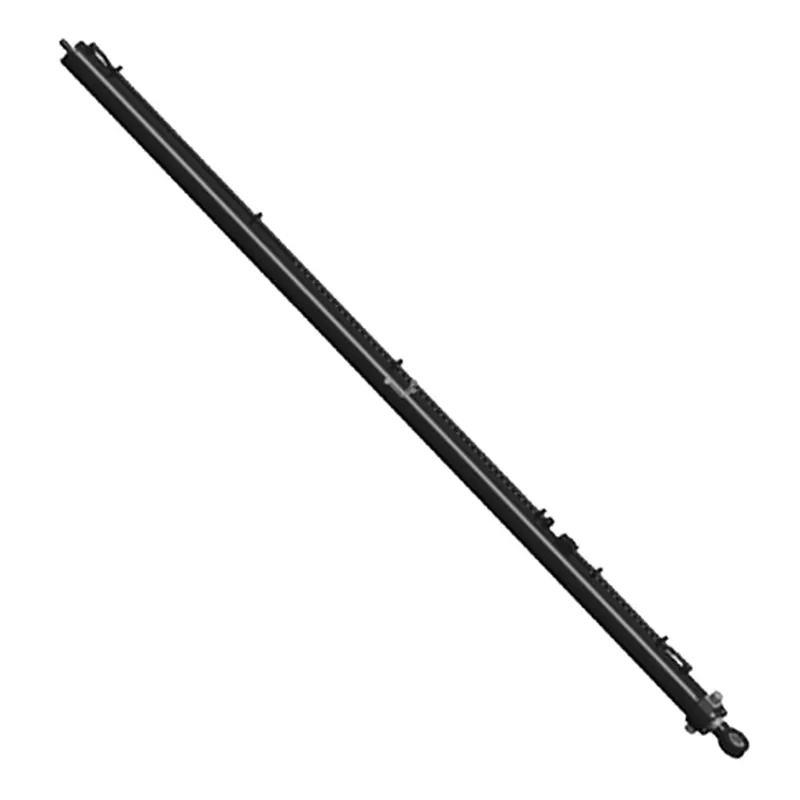
Rotary Drilling Pressurized Hydraulic Cylinder Specifications
| Product Name: | Rotary Drilling Hydraulic Pressurized Cylinder |
| Function: | Control the lifting and lowering of the power head. |
| Bore Diameter: | 125mm-210mm |
| Rod diameter: | 90mm-150mm |
| Stroke: | ≤8500mm |
| Maximum pressure MPa: | 35MPa |
Rotary Drilling Rig Hydraulic Cylinder Types
- Mast Hydraulic Cylinders
Mast hydraulic cylinders are used to raise and lower the mast of a rotary drilling rig. They provide the precise control needed to adjust the mast’s position during setup and operation. Designed for stability and heavy loads, these cylinders ensure the mast remains securely aligned while withstanding the rig's vibrations and stresses. They are built with durable materials to operate efficiently under extreme conditions, making them essential for safe and reliable rig operation. - Luffing Hydraulic Cylinders
Luffing hydraulic cylinders control the angular movement of components such as the drill boom or derrick. These cylinders are responsible for adjusting the inclination and positioning of the drilling structure. Their main function is to provide flexibility and accuracy in orienting the drill, improving operational efficiency. They are robust and capable of handling significant forces, ensuring smooth and steady movement even when operating under high loads or in adverse environments. - Pressurized Hydraulic Cylinders
Pressurized hydraulic cylinders are designed to apply controlled vertical force to the drill string. They help maintain consistent pressure during drilling operations, which is critical for efficient penetration into hard geological formations. These cylinders are built to withstand extreme pressure and ensure smooth piston movement. Their precise control over force application reduces wear on equipment and optimizes drilling performance. Additionally, they play a crucial role in enhancing safety by preventing sudden or uncontrolled movements.
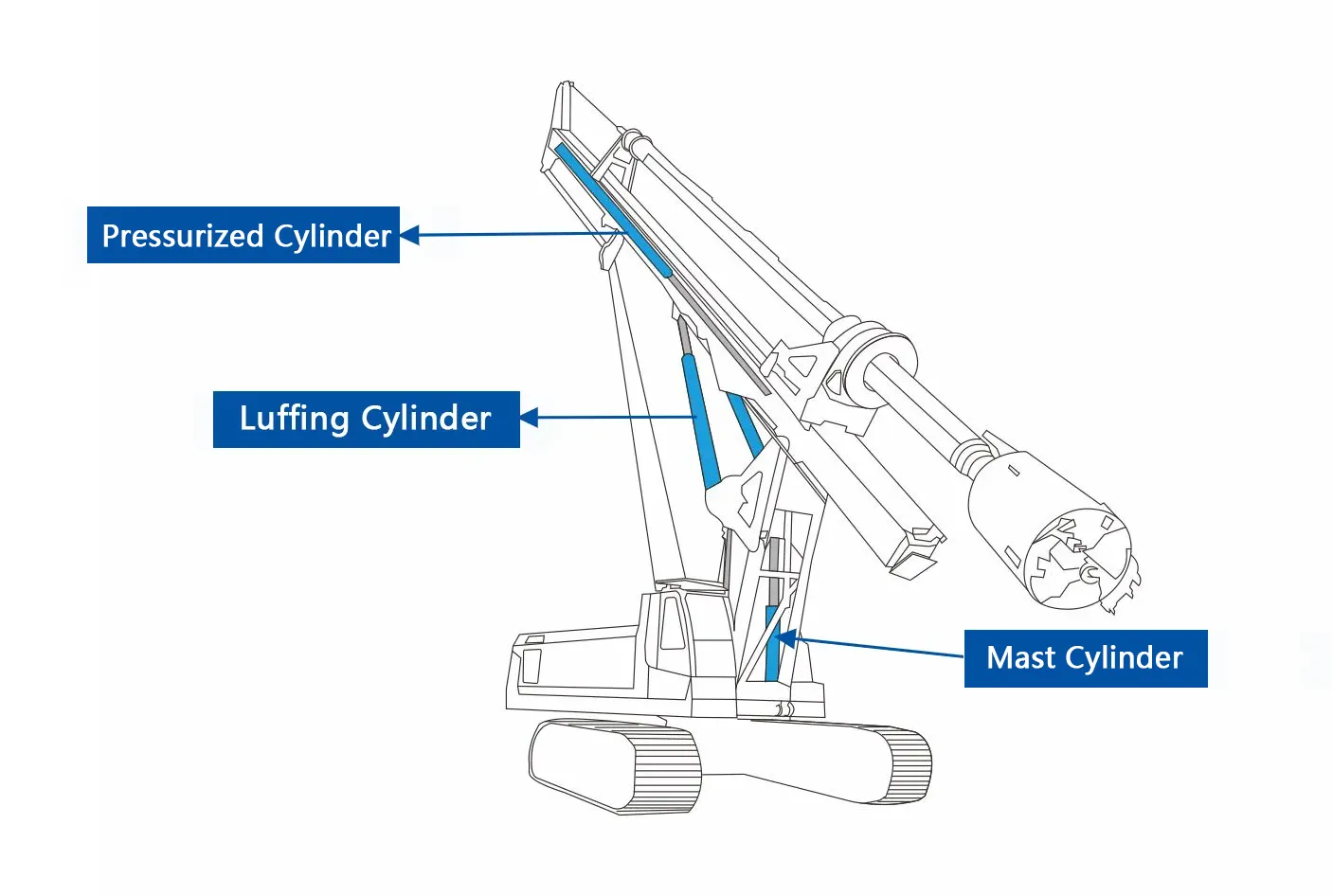
Rotary Drilling Pressurized Hydraulic Cylinder Parts
- Cylinder Barrel
The hydraulic cylinder barrel is the main body of the hydraulic cylinder, housing the piston and hydraulic fluid. It is constructed from high-strength materials to withstand extreme pressures and environmental conditions. This component ensures smooth fluid flow and provides a sealed environment for efficient power transfer, playing a key role in maintaining the durability and functionality of the entire cylinder. - Piston
The hydraulic cylinder piston is a critical moving component inside the cylinder barrel that separates the hydraulic fluid chambers. It transmits hydraulic energy into mechanical force, enabling the controlled movement of the piston rod. Made of wear-resistant materials, the piston ensures reliable performance under high pressure and continuous operation, ensuring optimal drilling efficiency. - Piston Rod
The hydraulic cylinder piston rod connects the piston to the external components of the drilling rig, such as the mast or drill string. It is designed to endure significant tensile and compressive forces during operations. Precision-engineered and often coated for corrosion resistance, the piston rod ensures force is transmitted accurately and withstands harsh working conditions. - Seals
Hydraulic cylinder seals are essential for preventing hydraulic fluid leakage and maintaining pressure within the cylinder. They are strategically placed around the piston, piston rod, and cylinder barrel. High-quality seals ensure smooth operation, reduce wear and tear, and protect the internal components from contaminants, prolonging the cylinder’s operational life. - End Caps
Hydraulic cylinder end caps are located at both ends of the cylinder barrel, enclosing the hydraulic system and providing structural integrity. These caps are designed to handle high pressures while allowing hydraulic fluid to flow into and out of the cylinder. They also serve as attachment points for the cylinder in the drilling rig. - Hydraulic Ports
Hydraulic ports are openings in the cylinder barrel that allow hydraulic fluid to enter and exit. These ports are connected to the hydraulic system of the rig and are crucial for controlling the movement of the piston. Properly designed ports ensure efficient fluid flow and precise control of the cylinder’s operation.
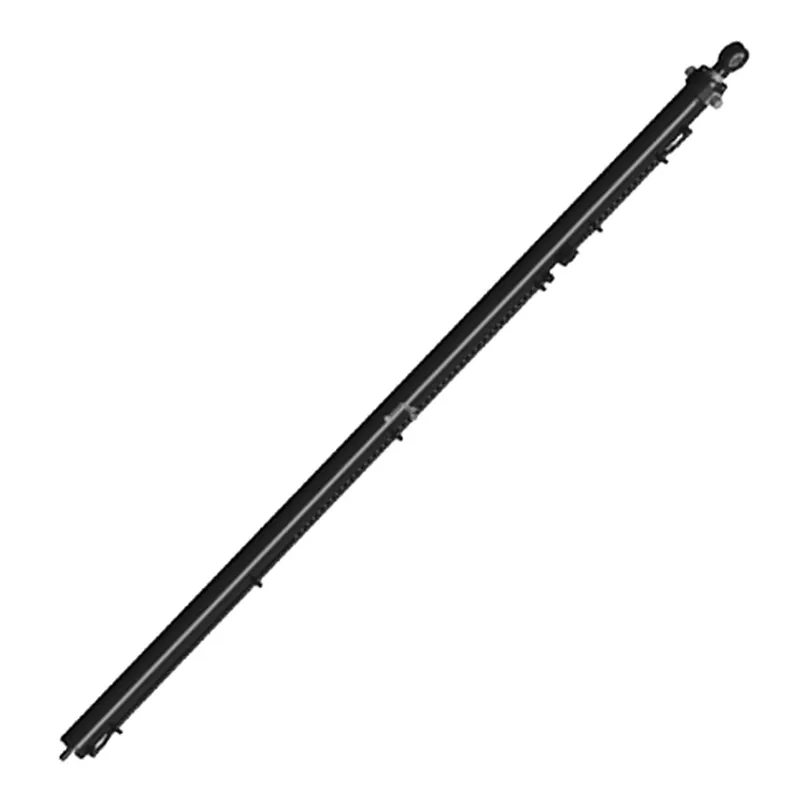
Rotary Drilling Hydraulic Pressurized Cylinder Troubleshooting
- Fluid Leaks
Fluid leaks around the piston rod or seals often indicate damaged or worn seals, improper installation, or excessive pressure. Inspect seals and connections for wear or damage and replace as necessary. Use high-quality seals to prevent recurring issues and ensure proper lubrication to minimize friction and wear. - Loss of Pressure
A loss of pressure can result from internal leakage within the cylinder, such as a damaged piston or worn-out seals. This can reduce the cylinder's ability to generate enough force for drilling operations. Regularly inspect internal components for wear, and ensure hydraulic fluid is clean and free of contaminants. - Slow or Unresponsive Movement
If the cylinder operates slowly or fails to move, the issue may be caused by a clogged hydraulic port, insufficient hydraulic fluid, or air trapped in the system. Check the fluid levels, bleed the system to remove air, and clean any obstructions in the ports. - Overheating
Overheating occurs when the hydraulic system operates under excessive load or when there is insufficient cooling. This can damage seals and other components. Monitor fluid temperature, ensure proper cooling mechanisms are in place, and avoid overloading the cylinder beyond its rated capacity. - Abnormal Noise or Vibrations
Unusual noises or vibrations during cylinder operation may indicate misalignment, worn bearings, or damaged internal components. Inspect the cylinder’s mounting points, piston rod, and bearings for wear or alignment issues. Address these promptly to avoid further damage or safety risks. - Uneven or Jerky Movement
Jerky or uneven cylinder movement is often caused by inconsistent hydraulic fluid flow, air in the system, or damaged piston rods. Regularly check for air bubbles in the fluid, inspect the piston rod for bends or scratches, and ensure the hydraulic pump is functioning correctly.
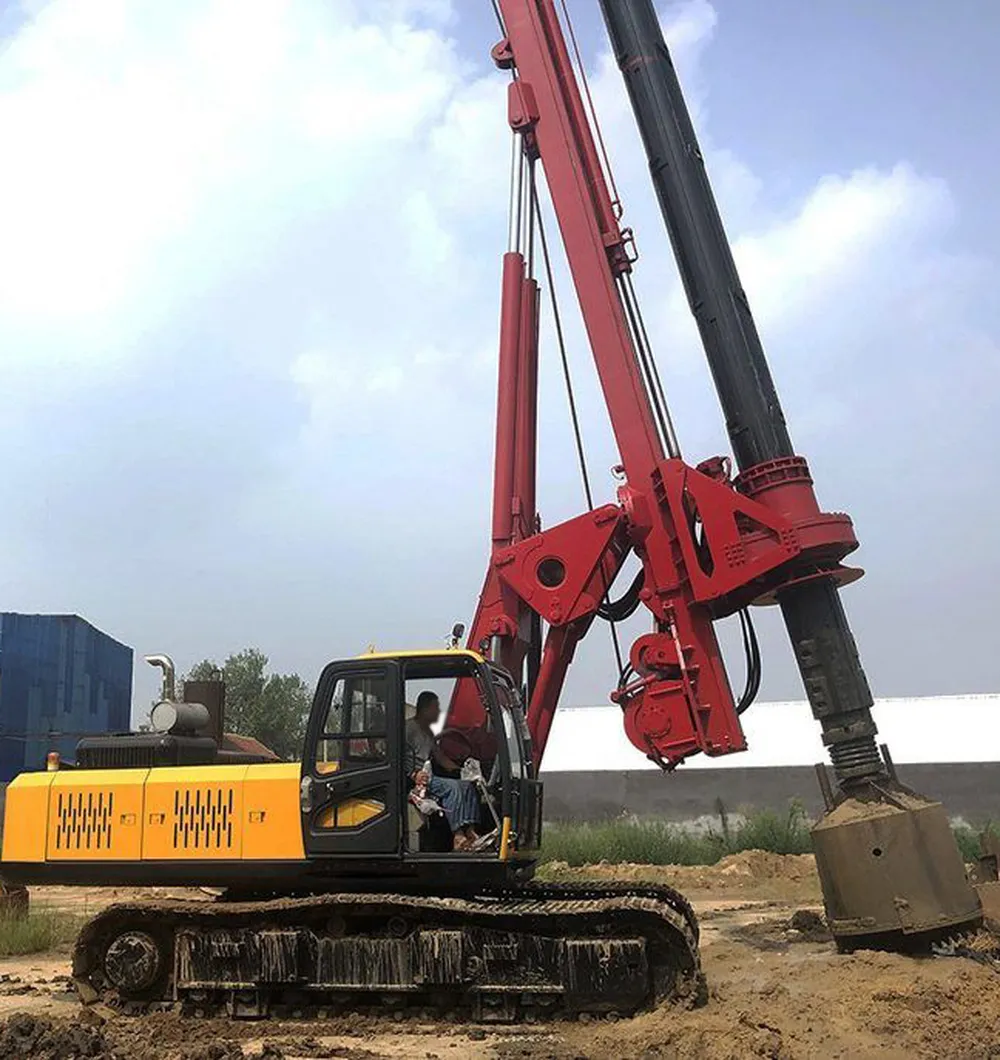 |
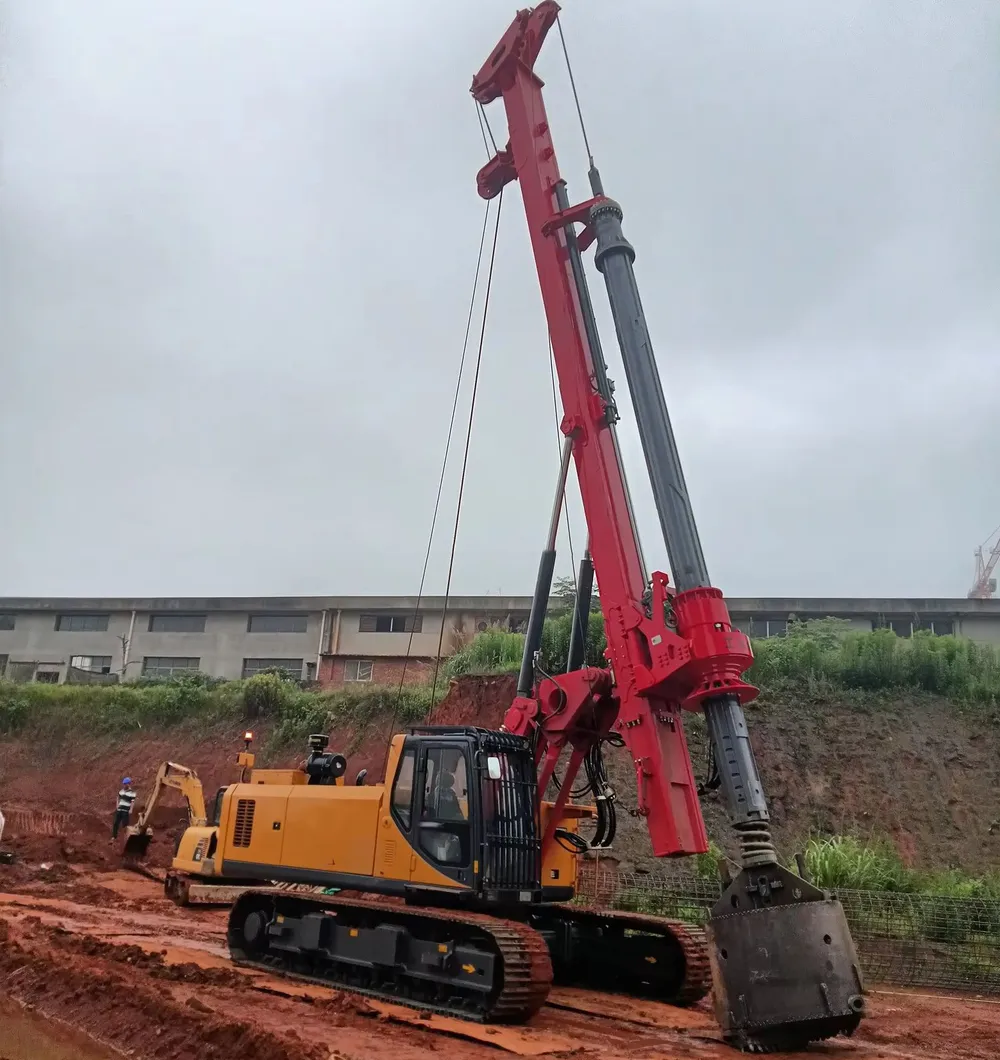 |
Additional information
| Edited by | Yjx |
|---|
